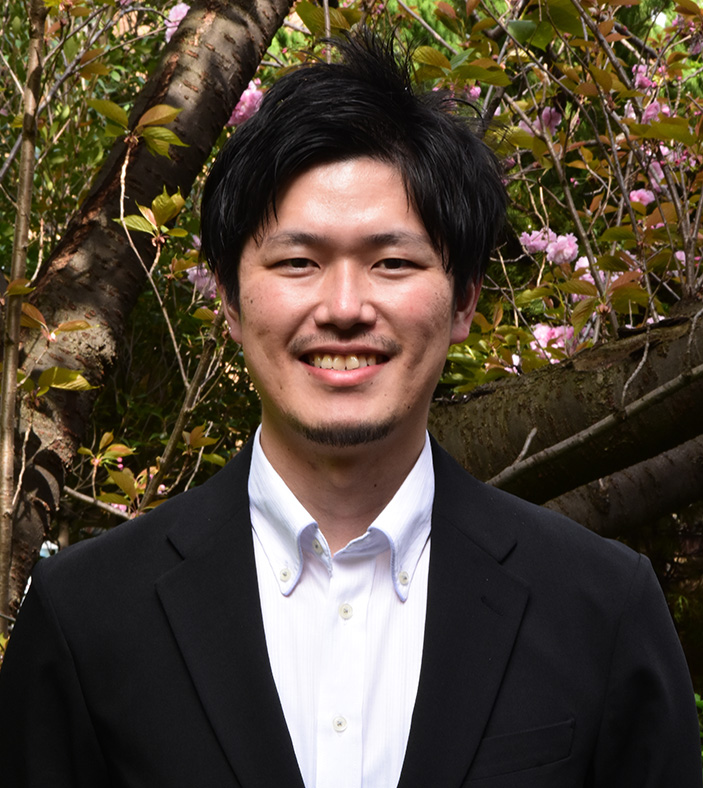Dr. Daijiro Haba, RPT, Ph.D. Postdoctoral Research Fellow in Global Nursing Research Center
Reduced peripheral blood flow at the wound site remains a major barrier to effective wound healing. Hard to heal wounds are defined as wounds that do not heal with standard therapy. Vibration therapy may help promote healing of hard-to-heal wounds, such as pressure ulcers, diabetic foot ulcers and venous leg ulcers, by improving blood flow. However, there is insufficient evidence to support its effectiveness for hard-to-heal wounds. This scoping review focuses on the effectiveness of vibration therapy in healing hard-to-heal wounds by synthesizing all available research. The results suggest that low-frequency, low-intensity vibration therapy can effectively treat wounds (including pressure injuries, diabetic foot ulcers, and venous leg ulcers) by improving blood flow, reducing pain, decreasing exudate, removing necrotic tissue, and increasing the expression of nitric oxide, which is associated with wound healing. This study will inform the treatment choices of clinicians treating patients with hard-to-heal wounds and researchers planning to conduct clinical trials using vibration therapy.
Access the full paper here: https://www.dovepress.com/effectiveness-of-vibration-therapy-for-hard-to-heal-wounds-in-clinical-peer-reviewed-fulltext-article-CWCMR


